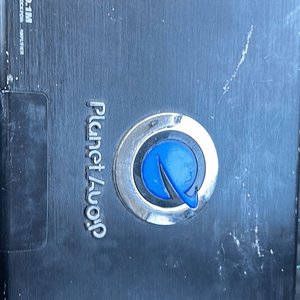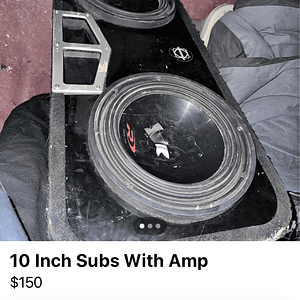Oof, welcome to the beginning of the end my friend. I read most of the information here and I agree with the advice given. I'll lay out the process I went through(and went through, and went through, and through, and will go through again) and give some suggestions.
Before you do any of this, take a bit of time and set your time alignment using whatever DSP method. You will have to change this multiple times, but it's better to do it now and later. One suggestion is to add a baseline 20ms delay to everything. So if your dsp calculates 9ms for a speaker, manually set it to 29ms.
Step 1 is to download REW on a laptop.
Step 2 is to get a calibrated Mic(I use the Dayton iMM-6)
Step 3 is getting your baseline measurements. One thing I would suggest is getting a baseline of individual speaker pairs as well as the entire system as a whole.
For me that's midbass, midrange, tweeters, and subs. You will be tuning the EQ for each speaker pair.
Step 4 is picking a "house curve" to tune too. Everybody likes different curved but a basic curve would be the "JBL house curve" you can find info on house curves here:
https://www.diymobileaudio.com/threads/rew-house-curve-files.259337/page-2
Once you have your curve picked and your baselines this is where the time-consuming part comes in.
Step 5 is making your first big adjustments. Focus on the large peaks and dips. Try to pick one peak and one dip and bring them back to your house curve or within 1-2db. I like to work in pairs, one peak and one valley per change. This will take a bit of time, but should be pretty simple once you get the hang of it. Go through all your speaker pairs until you have things mostly in line with your chosen curve.
Step 6 is taking another measurement for each speaker pair and your total system. Look at how close these graphs match your chosen house curve. And listen to your stereo. This is a great time to use your Headunit EQ and mess around a bit. Cut a specific band and not how it sounds. I wouldn't recommend boosting anything on the HU, but cutting is perfectly fine and can give you an idea of what sound you like.
II'll answer any questions on this part and then continue on with level-matching, time alignment, and final tweaks next post.
Matt
Edit: I forgot. When taking measurements, sit in your car and move the mic in a slow figure 8 at ear level in front of your face. You also want to keep a consistent volume level throughout all measurements.


